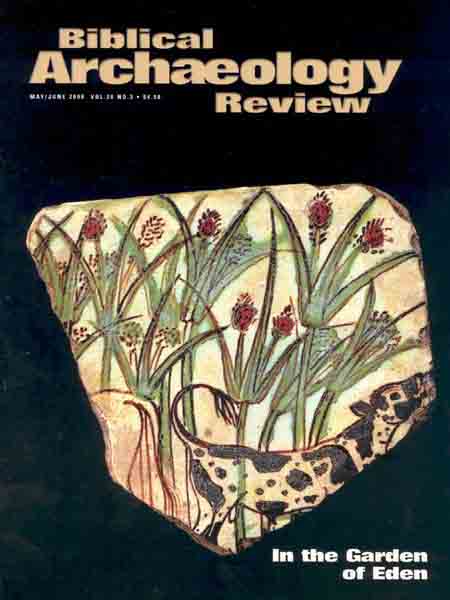Image Details

Alphonese Kahn Bequest, Musée du Louvre, Paris
ON THE COVER: A male calf nibbles on papyrus plants on a tile fashioned in the mid-14th century B.C. in Amarna, Egypt. Tiles such as this one show a new interest in the beauties of the natural world, a change due to the influence of the “heretic king,” Akhenaten (1353–1336 B.C.). Lush scenes of plants and animals covered the walls and floors of the pharaoh’s temples and palaces. A profusion of sunlit courtyards, pools and gardens transformed the pharaoh’s capital (modern Tell el-Amarna) into a sort of Paradise.
In “Jerusalem as Eden,” Lawrence E. Stager explores how temples and palaces throughout the ancient Near East, including King Solomon’s in Jerusalem, were seen as heavan on earth.
